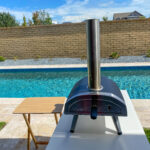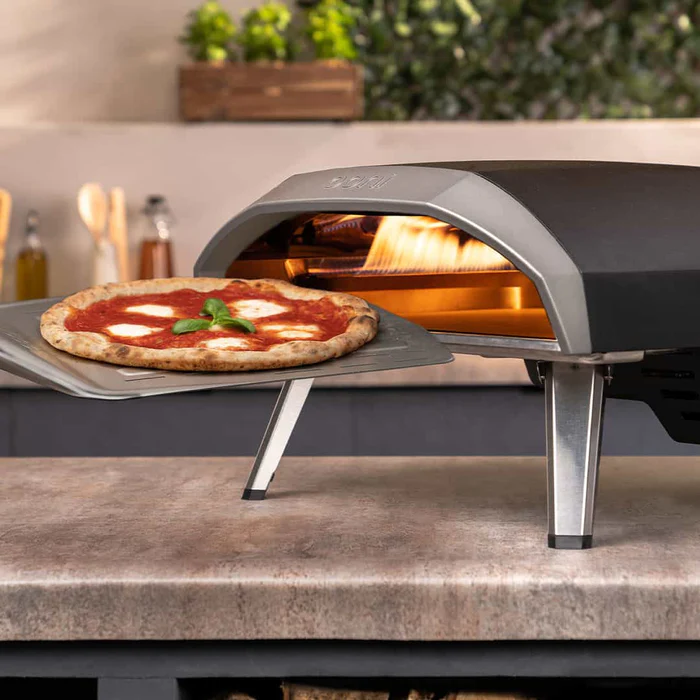When it comes to cooking pizza at home, Ooni pizza ovens have become a popular choice for pizza enthusiasts. These ovens are designed to cook pizzas at high temperatures, resulting in a crispy crust and perfectly melted cheese. One of the most important factors in using an Ooni pizza oven is choosing the right type of gas to use.
There are several options available for gas to use with an Ooni pizza oven, including propane, natural gas, and butane. Each type of gas has its own advantages and disadvantages, so it’s important to choose the one that works best for your needs. Propane is widely available and easy to transport, but it has high carbon emissions and is a non-renewable resource. Natural gas has lower carbon emissions and is a natural resource, but it requires professional installation and is not portable. Butane is widely available, but it can be expensive and is not as efficient as other types of gas.
Choosing the right gas for your Ooni pizza oven can make a big difference in the quality of your pizza. By understanding the pros and cons of each type of gas, you can make an informed decision that will help you achieve the perfect pizza every time. In the following sections, we will discuss each type of gas in more detail, including its cost, availability, and efficiency.
Understanding Ooni Pizza Ovens
If you’re planning to use an Ooni pizza oven, it’s important to understand its fuel requirements. Ooni pizza ovens are designed to be used with different types of fuels, including wood, charcoal, and gas. Each fuel type has its own advantages and disadvantages, so it’s important to choose the one that best suits your needs.
Wood
Wood is the traditional fuel used for cooking pizzas in a wood-fired oven. It’s a renewable and sustainable fuel source that produces a unique smoky flavor that can’t be replicated with other fuels. However, using wood requires a bit of practice and skill to get the temperature just right, and it can be more difficult to control the heat compared to other fuel types.
Charcoal
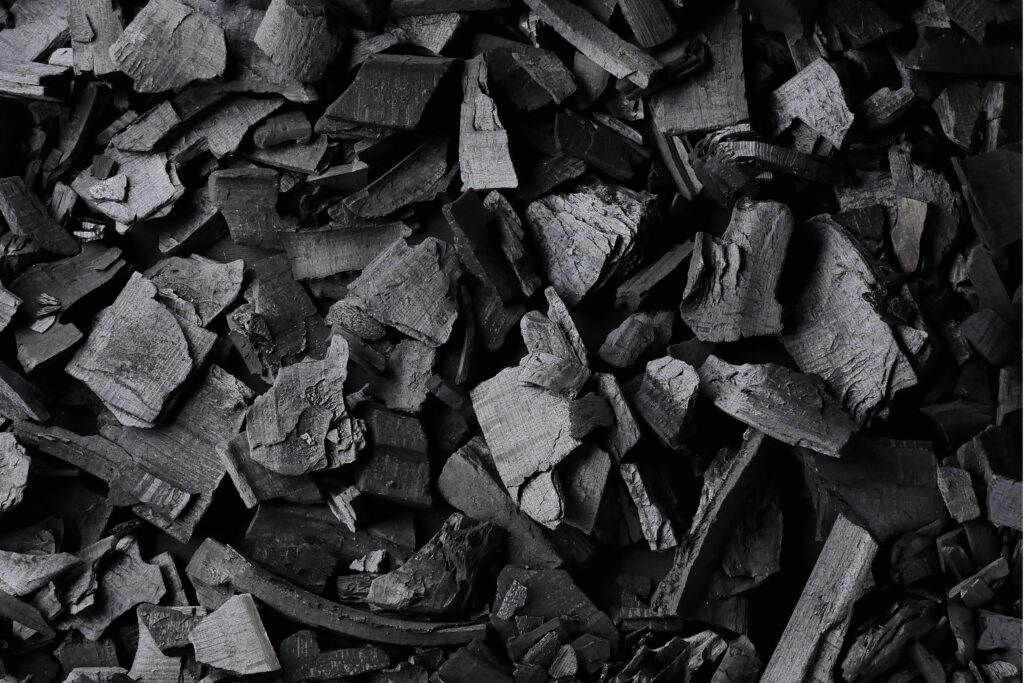
Charcoal is a popular fuel choice for Ooni pizza ovens because it’s easy to light and produces a consistent heat. It’s also a cleaner fuel source than wood, producing less smoke and ash. However, it doesn’t produce the same smoky flavor as wood-fired pizza and can be more expensive than other fuel types.
Gas
Gas is a convenient and easy-to-use fuel source for Ooni pizza ovens. It’s also a clean-burning fuel that produces consistent heat and doesn’t require any special skills to use. However, it doesn’t produce the same smoky flavor as wood or charcoal, and it can be more expensive to use in the long run.
When choosing a fuel for your Ooni pizza oven, it’s important to consider your personal preferences, cooking style, and budget. Each fuel type has its own advantages and disadvantages, so it’s important to weigh them carefully before making a decision.
Types of Gas for Ooni Pizza Ovens
When it comes to cooking with an Ooni Pizza Oven, there are several types of gas you can use. The two most common types are propane and butane gas. Here’s what you need to know about each type:
Propane Gas
Propane gas is the most common type of gas used in Ooni Pizza Ovens. It is a clean-burning fuel that is efficient, reliable, and readily available. Propane gas is also relatively inexpensive, making it a popular choice for many pizza lovers.
To use propane gas with your Ooni Pizza Oven, you will need to purchase a propane tank and a gas regulator that connects to your oven. The regulator controls the flow of gas to the oven, ensuring that the flame burns at a consistent temperature.
Butane Gas
Butane gas is another type of gas that can be used with Ooni Pizza Ovens. It is a clean-burning fuel that is similar to propane gas in many ways. However, butane gas is typically more expensive than propane gas, and it is not as readily available.
To use butane gas with your Ooni Pizza Oven, you will need to purchase a separate gas attachment that is compatible with your oven model. The attachment connects to the oven and allows you to control the flow of gas to the flame.
Other Types of Gas
While propane and butane gas are the most common types of gas used with Ooni Pizza Ovens, there are other types of gas you can use as well. For example, natural gas can be used with some Ooni models, but you will need to have a natural gas line installed in your home or outdoor cooking area.
It is important to note that not all Ooni Pizza Oven models are compatible with all types of gas. Before purchasing a gas attachment or tank, be sure to check the manufacturer’s specifications to ensure that your oven is compatible.
How to Choose the Right Gas
When it comes to using a gas-powered Ooni pizza oven, it is essential to choose the right type of gas to ensure optimal performance and safety. Here are some factors to consider when selecting the right gas for your Ooni pizza oven:
Fuel Type
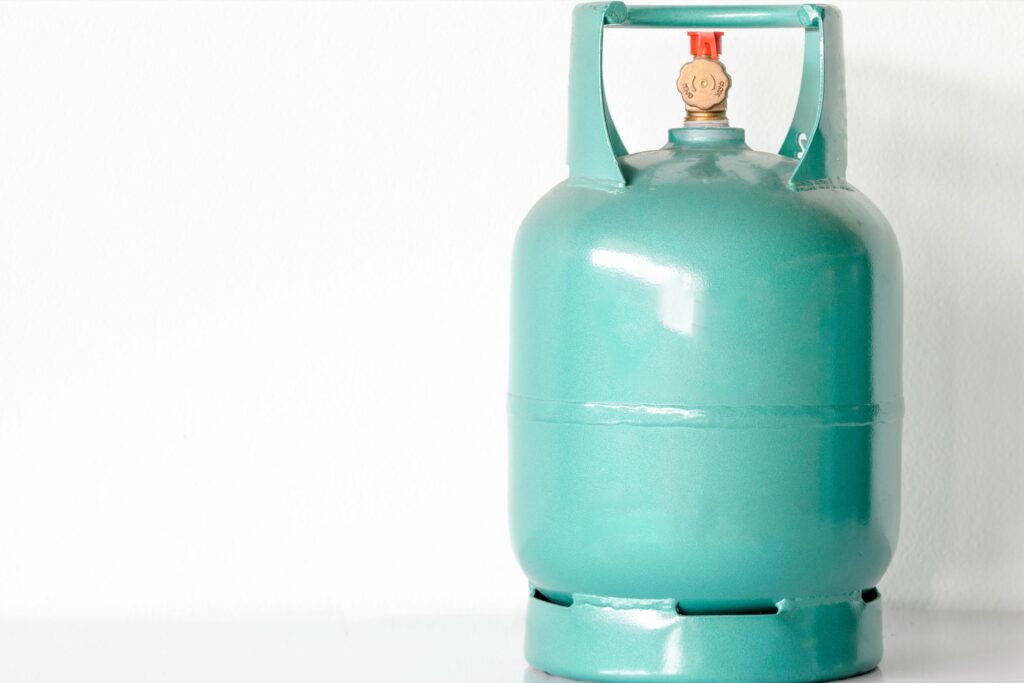
The most common types of gas used in Ooni pizza ovens are propane and butane. Propane is a popular choice because it burns cleanly and efficiently, making it ideal for cooking and baking. Butane is another option, but it can be more expensive and less widely available than propane.
Cost
The cost of gas can vary depending on the type and availability in your area. Propane is generally less expensive than butane, but it may not be available in all regions. It is essential to consider the cost of gas when choosing the right type for your Ooni pizza oven.
Portability
If you plan to use your Ooni pizza oven on the go, it is important to choose a gas type that is portable and easy to transport. Butane is more portable than propane as it comes in small canisters that are easy to replace.
Carbon Emissions
It is also important to consider the environmental impact of the gas you choose. Propane is a cleaner-burning fuel than butane, emitting fewer carbon emissions. If you are concerned about the environment, propane may be the better choice.
In conclusion, selecting the right gas for your Ooni pizza oven depends on your specific needs and preferences. Consider factors such as fuel type, cost, portability, and carbon emissions when making your decision.
Safety Measures While Using Gas
When using gas with your Ooni pizza oven, it is important to take the necessary safety measures to ensure that you and your surroundings remain safe. Here are some safety tips to keep in mind:
- Always use a gas that is compatible with your Ooni pizza oven. Refer to the manufacturer’s instructions to determine which type of gas is recommended for your specific model.
- Make sure that the gas cylinder is securely fastened and in an upright position before use. This will help prevent gas leaks and potential hazards.
- Check for gas leaks before using the oven. You can do this by applying a soapy water solution to the gas connections and looking for bubbles. If you detect a leak, turn off the gas supply and fix the issue before using the oven.
- Keep the gas supply away from heat sources, open flames, and other potential ignition sources. This will help prevent accidents and fires.
- Use insulated oven mitts or gloves when handling the oven, even after it has cooled down. This will help protect your hands from burns.
- Turn off the gas supply when the oven is not in use. This will help prevent gas leaks and potential hazards.
By following these safety measures, you can safely use gas with your Ooni pizza oven and enjoy delicious homemade pizzas without any worries.
Benefits of Using Recommended Gas
Using the recommended gas for your Ooni pizza oven comes with several benefits. Here are some of the benefits:
1. Consistent Temperature
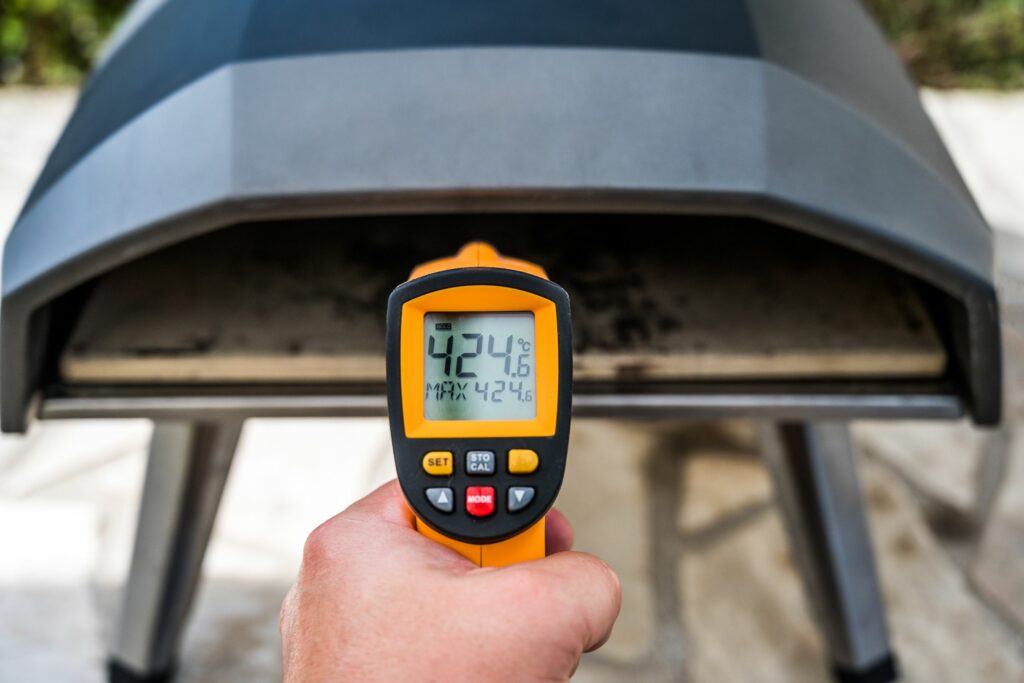
Using the right type of gas with your Ooni pizza oven ensures that the oven maintains a consistent temperature. This is important because it ensures that your pizza cooks evenly and comes out perfectly. With the right gas, you don’t have to worry about hot spots or cold spots in your oven.
2. Efficient Fuel Consumption
Using the recommended gas with your Ooni pizza oven ensures that the fuel is burned efficiently. This means that you’ll get the most out of your fuel, and you won’t have to refill your tank as often. Propane gas, for example, is a great option for Ooni pizza ovens because it burns cleanly and efficiently.
3. Safe to Use
Using the recommended gas with your Ooni pizza oven is also safe. The recommended gas is designed to work with your oven, so you don’t have to worry about any safety issues. Additionally, propane gas is a safe option for outdoor use because it doesn’t produce any smoke.
4. Easy to Connect
Connecting the recommended gas to your Ooni pizza oven is easy. All you need is a propane tank and a gas regulator that connects to your oven. Once you have these items, you can easily connect your gas and start cooking.
In summary, using the recommended gas with your Ooni pizza oven has several benefits, including consistent temperature, efficient fuel consumption, safety, and ease of use. By using the right gas, you can ensure that your pizza comes out perfectly every time.
Potential Issues with Improper Gas Usage
Using the wrong type of gas or not connecting the gas properly to your Ooni Pizza Oven can lead to a variety of issues. Here are some potential problems you may encounter with improper gas usage:
1. Carbon Monoxide Buildup
One of the biggest risks of using gas improperly is the potential for carbon monoxide buildup. This colorless, odorless gas is extremely dangerous and can lead to serious health issues, including death. To prevent carbon monoxide buildup, make sure you connect your gas supply to your Ooni Pizza Oven correctly and only use the recommended type of gas.
2. Inadequate Gas Supply
If your Ooni Pizza Oven is not getting hot enough, it could be due to an inadequate gas supply. This can happen if you are using the wrong type of gas or if the gas pressure is too low. Make sure you are using the recommended type of gas and that your gas supply is providing enough pressure to power your oven.
3. Clogged Burner
If you are experiencing issues with your Ooni Pizza Oven, it could be due to a clogged burner. This can happen if debris or other materials get into the burner and block the flow of gas. To prevent this, make sure you clean your burner regularly and keep your oven free of debris.
4. Misaligned Oven Parts
Another potential issue with improper gas usage is misaligned oven parts. This can happen if you do not connect your gas supply to your oven correctly, or if your oven is not assembled properly. To prevent this, make sure you follow the manufacturer’s instructions carefully when assembling your oven and connecting your gas supply.
Overall, using the wrong type of gas or not connecting your gas supply properly to your Ooni Pizza Oven can lead to a variety of issues. To prevent these issues, make sure you use the recommended type of gas and follow the manufacturer’s instructions carefully when assembling and using your oven.
Final Thoughts
In conclusion, when it comes to choosing the right gas for your Ooni Pizza Oven, propane gas is the most common and recommended fuel source. It is easy to access, burns cleanly and efficiently, and is safe for outdoor use.
However, it is important to note that the type of gas you use will ultimately depend on your personal preference and the type of pizza you want to make. If you prefer a smokier flavor, charcoal or wood may be a better option.
Regardless of the type of gas you choose, it is important to follow proper safety protocols when using your Ooni Pizza Oven. Always read the manufacturer’s instructions carefully and ensure that your gas connection is secure before use.
Lastly, don’t forget to experiment with different types of gas and wood to find the perfect combination for your pizza. With the right fuel source and a little bit of practice, you can create delicious, restaurant-quality pizza right in your own backyard.


